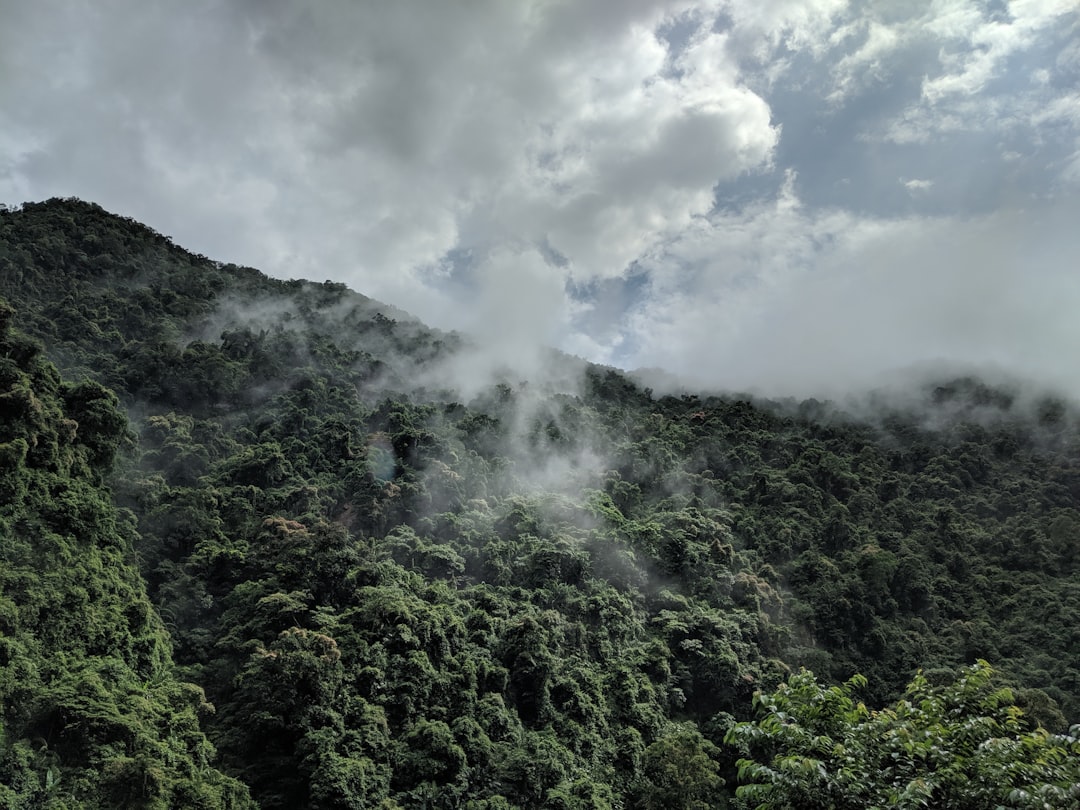What is it about?
Thermal scanning electron microscopy is a scanning electron microscopy based temperature mapping technique. It employs a unique mechanism - temperature sensitive electron thermal diffuse scattering signal in SEM, and provides both nano resolution and non-contact temperature mapping capabilities no existing technique can adequately combine.
Featured Image
Why is it important?
Detection of nano-scale temperature distribution is important for studies of heat generation and transfer in a wide range of nano-engineering systems; however, no current temperature mapping techniques (mainly contact probe techniques, optical techniques, and thin coating methods) adequately combine both nano-scale resolution and far-field (~ cm away from the sample) non- contact mapping capabilities, which are required. This is a novel SEM- based technique capable of nano-scale resolution (< 10 nm) temperature mapping without the temperature perturbations from which contact or near-field temperature mapping techniques suffer. These capabilities address issues in nano-scale heat generation and transfer research which are important for solving long standing problems such as excessive heating in computer microchips, relatively low efficiency of current thermoelectric devices and channel cross-talk due to the temperature variation induced wavelength deviation of nanostructured emitting lasers in fiber optic communication. Since the hardware setup of the technique is compatible with existing SEMs, implementation only requires relatively straight-forward SEM software modification to extract the temperature sensitive signal with the hardware largely unchanged, rendering commercialization inexpensive to existing EBSD- enabled SEM systems.
Read the Original
This page is a summary of: A novel nano-scale non-contact temperature measurement technique for crystalline materials, Nanotechnology, October 2012, Institute of Physics Publishing,
DOI: 10.1088/0957-4484/23/46/465707.
You can read the full text:
Contributors
The following have contributed to this page










